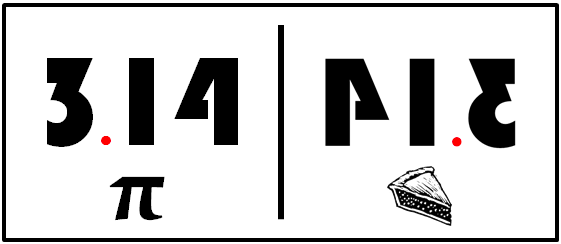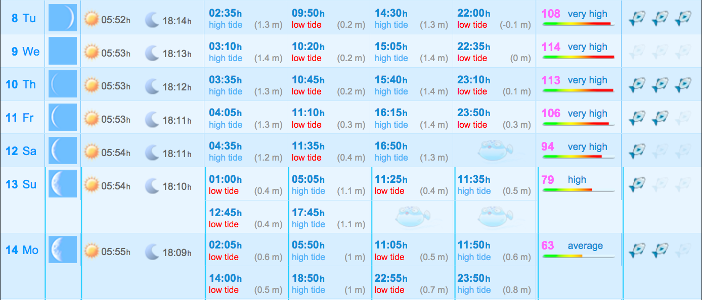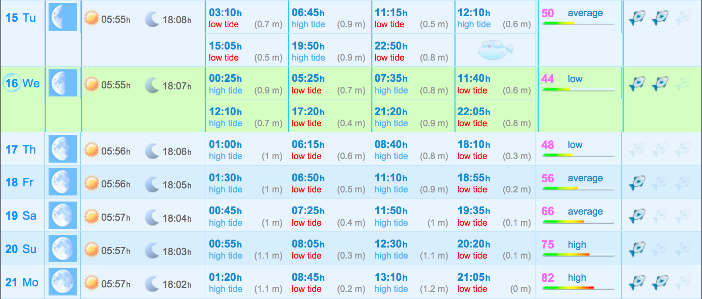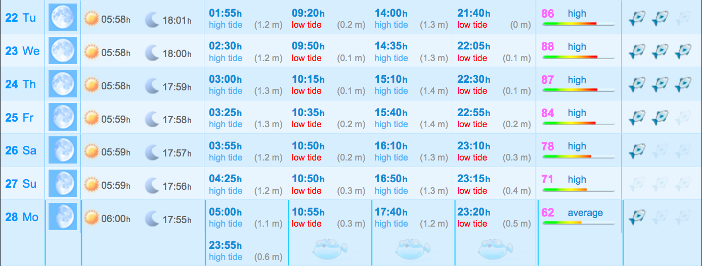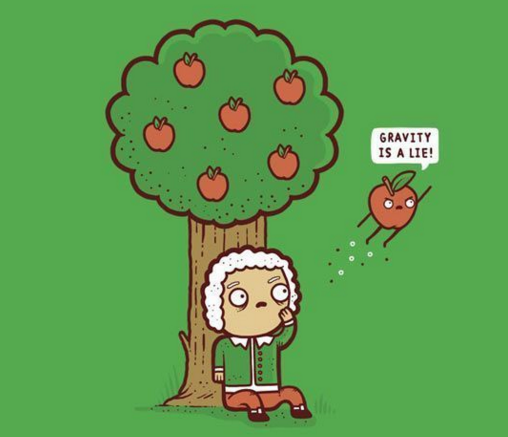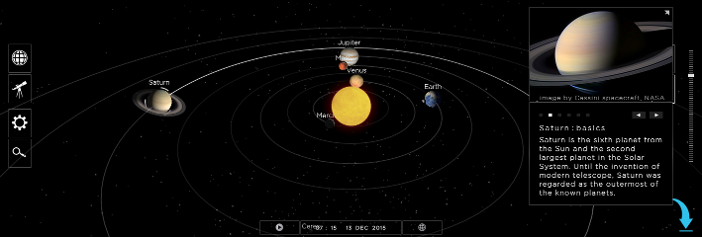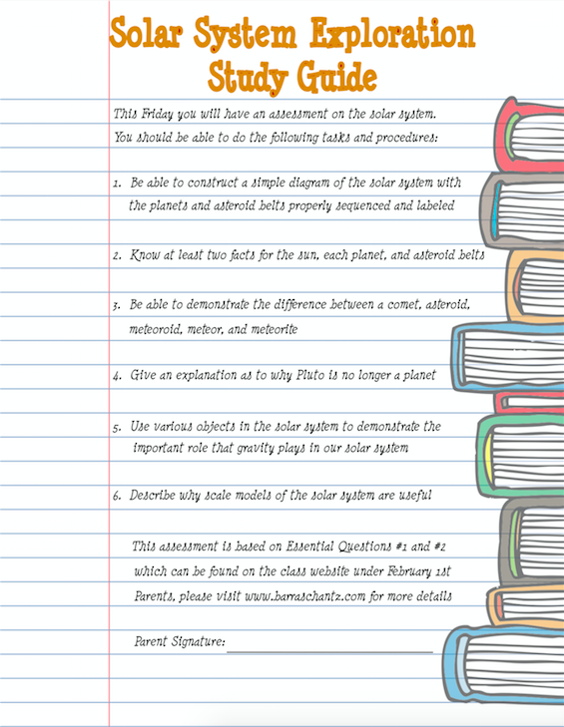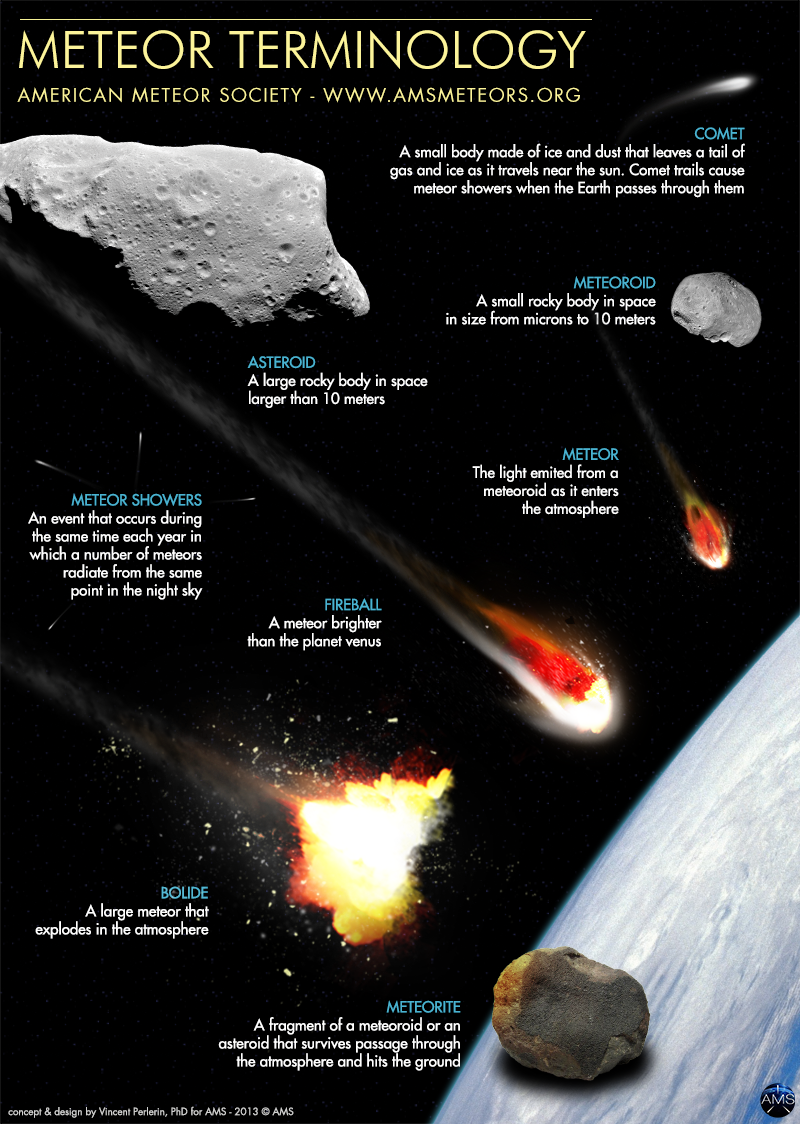
|
Math 7.9 Practice Test Answers.pdf Size : 60.725 Kb Type : pdf |

|
IXL Quiz.docx Size : 830.396 Kb Type : docx |

|
Math 7.9 Practice Test.pdf Size : 54.049 Kb Type : pdf |

|
Plate Tectonics Study Guide.pdf Size : 175.59 Kb Type : pdf |
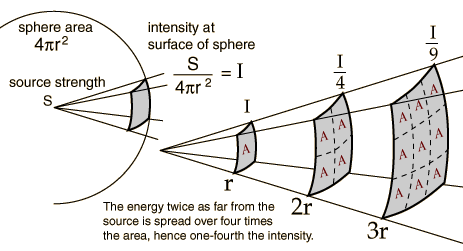




|
Unit 8 Analyzing Data, Lesson 8.1.pptx Size : 396.216 Kb Type : pptx |

|
8.2 Estimating population size.pptx Size : 2025.551 Kb Type : pptx |

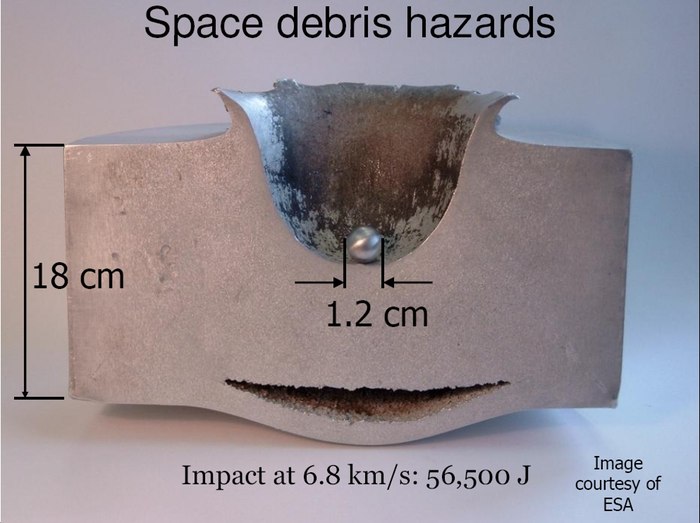
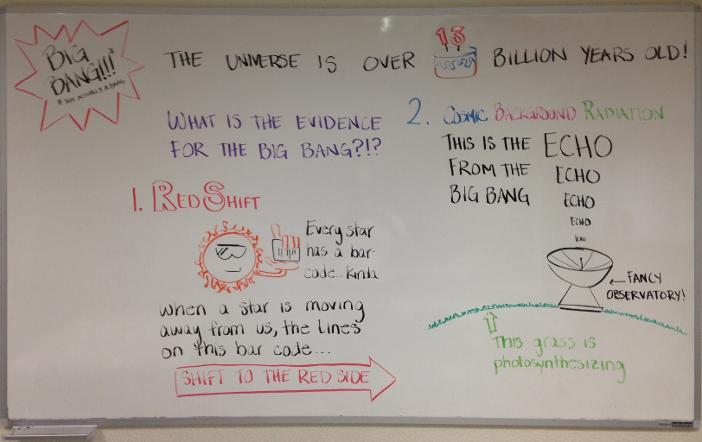

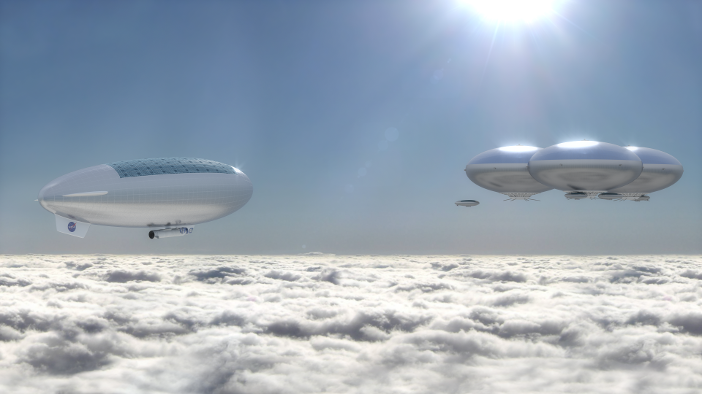
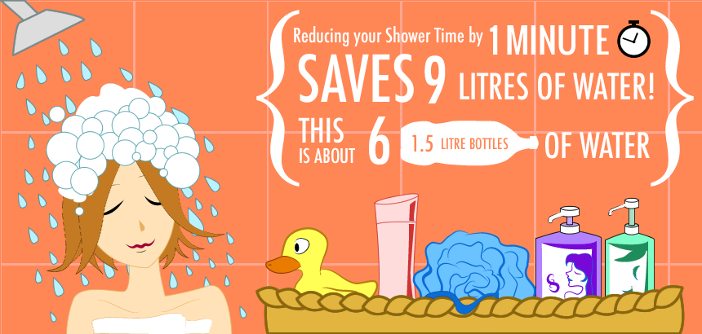
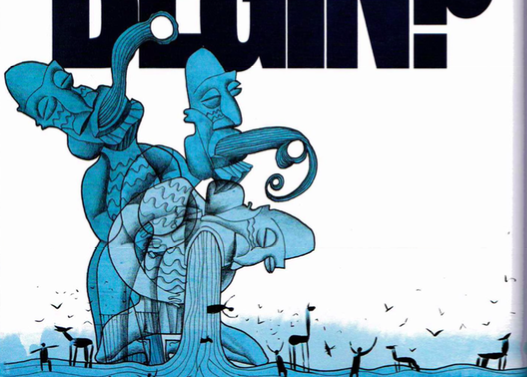




|
Lesson 6-1 answers.pdf Size : 112.272 Kb Type : pdf |

|
Lesson 6-2 answers.pdf Size : 105.768 Kb Type : pdf |

|
Lesson 6-3 answers.pdf Size : 110.672 Kb Type : pdf |

|
Lesson 6-4 answers.pdf Size : 124.027 Kb Type : pdf |

|
Lesson 6-5 answers.pdf Size : 137.437 Kb Type : pdf |

|
Unit 6 Enrichment answers.pdf Size : 245.512 Kb Type : pdf |

|
Unit 6 Reteaching answers.pdf Size : 171.716 Kb Type : pdf |
